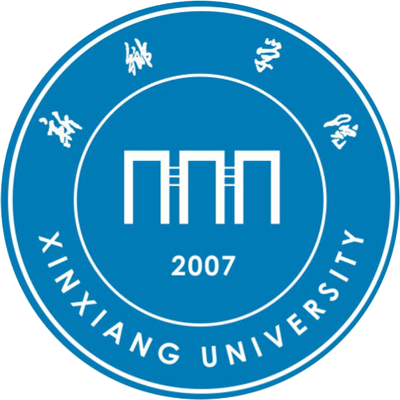详细信息
Characterization and horizontal transfer of class 1 integrons in Escherichia coli isolates from cooked meat products ( SCI-EXPANDED收录)
文献类型:期刊文献
英文题名:Characterization and horizontal transfer of class 1 integrons in Escherichia coli isolates from cooked meat products
作者:Yu, Tao[1];Zhang, Jiayang[1];Jiang, Xiaobing[2];Wu, Junmei[3];Dai, Zhigang[3];Wu, Zhenbin[3];Liang, Yu[4];Wang, Xuannian[1]
第一作者:于涛
通讯作者:Wang, XN[1]
机构:[1]Xinxiang Univ, Coll Life Sci, Xinxiang 453000, Peoples R China;[2]Henan Normal Univ, Coll Life Sci, Xinxiang, Peoples R China;[3]Chinese Acad Sci, Inst Hydrobiol, Wuhan, Peoples R China;[4]Xinxiang Univ, Coll Chem & Chem Engn, Xinxiang, Peoples R China
第一机构:新乡学院生命科学技术学院
通讯机构:[1]corresponding author), Xinxiang Univ, Coll Life Sci, Xinxiang 453000, Peoples R China.|[1107115]新乡学院生命科学技术学院;[11071]新乡学院;
年份:2016
卷号:10
期号:1
起止页码:68-73
外文期刊名:JOURNAL OF INFECTION IN DEVELOPING COUNTRIES
收录:;Scopus(收录号:2-s2.0-84956881619);WOS:【SCI-EXPANDED(收录号:WOS:000373441800008)】;
基金:This work was supported by the Key Project of Natural Science of Education Department of Henan Province, China (15A180006), Science and Technology Innovation Foundation of Xinxiang University (12ZA02) and Key Scientific and Technological Project of Xinxiang (ZG13012 and ZG15007). We are grateful to George A. Jacoby for kindly providing the E. coli J53Azr.
语种:英文
外文关键词:Escherichia coli; antimicrobial resistance; integron; natural transformation
摘要:Introduction: Escherichia coli is a commensal bacterium in humans, animals, and the environment that is one of the microorganisms commonly resistant to antimicrobials. Cooked meat products, which are popular in China, are easily contaminated by E. coli during processing and storage. Methodology: In this study, a total of 75 E. coli isolates from cooked meat products in Henan province, China, were assayed for the presence of and horizontal transfer of class 1 integrons. Results: Class 1 integrons were detected in 11 (14.7%) of these isolates, and contained four groups of resistance gene cassettes, including dfrA17-aadA5, dfrA1-aadA1, dfrA12-orfF-aadA2, and an uncommon array of aacA4-catB8-aadA1. The transfer frequency of selected integron-positve donors ranged from 10(-6) to 10(-4) transconjugants per recipient cell, and the integron-containing DNA from the donors could be transferred to E. coli J53Azr with the transformation frequency of 10(-7) to 10(-5). Conclusions: Class 1 integrons could be transferred to recipient E. coli J53 by conjugation and natural transformation. These findings suggest the role of commensal E. coli isolates from cooked meats as an important reservoir for integrons and the possible transfer of antimicrobial resistance genes to humans via the food chain.
参考文献:
![]() 正在载入数据...
正在载入数据...


